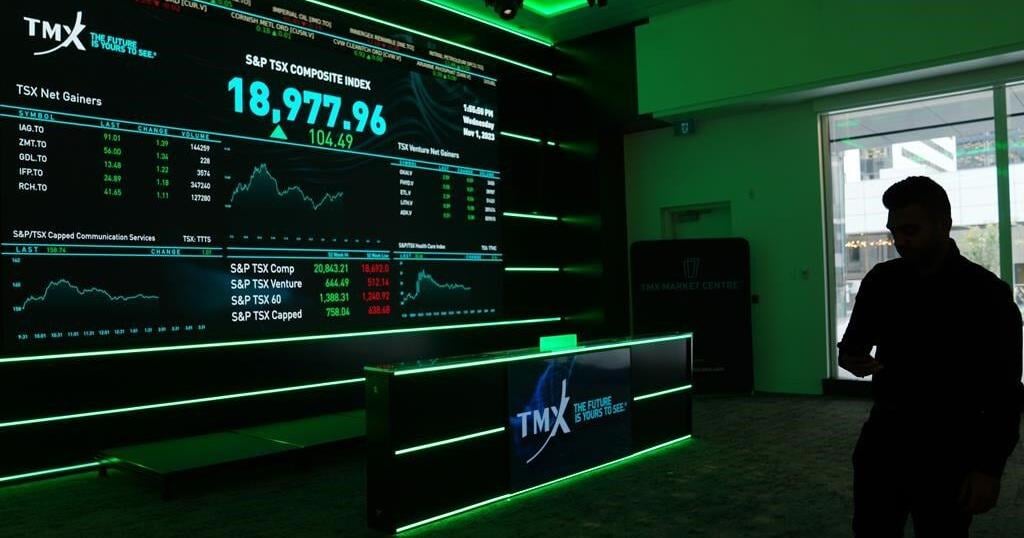BEIRUT (AP) — A rare Israeli airstrike on central Beirut killed Hezbollah’s chief spokesman on Sunday, an official with the militant group said. Earlier, officials said Israeli strikes killed at least 12 people in the Gaza Strip, where Israel has been at war with the Palestinian Hamas for over a year.
The latest in targeted killings of senior Hezbollah officials came as Lebanese officials considered a United States-led cease-fire proposal. Israel also bombed several buildings in Beirut’s southern suburbs, where Hezbollah has long been headquartered, after warning people to evacuate.
Mohammed Afif, the head of media relations for Hezbollah, was killed in a strike on the Arab socialist Baath party’s office in central Beirut, according to a Hezbollah official who was not authorized to brief reporters and spoke on condition of anonymity.
Afif had been especially visible after all-out war erupted between Israel and Hezbollah in September and the killing of Hezbollah leader Hassan Nasrallah in an Israeli airstrike. Last month, Afif hastily wrapped up a press conference in Beirut ahead of Israeli strikes.
Screams in central Beirut
There was no Israeli evacuation warning before the strike near a busy intersection in central Beirut. An Associated Press photographer at the scene saw four bodies and four wounded people, but there was no official word on the toll. People could be seen fleeing. There was no comment from the Israeli military.
“I was asleep and awoke from the sound of the strike, and people screaming, and cars and gunfire,” said Suheil Halabi, a witness. “I was startled, honestly. This is the first time I experience it so close.”
The last Israeli strike in central Beirut was on Oct. 10, when 22 people were killed in two locations.
Hezbollah began firing rockets, missiles and drones into Israel the day after Hamas’ October 7, 2023 attack ignited the war in Gaza. Israel launched retaliatory airstrikes in Lebanon and the conflict steadily escalated, erupting into war in September. Israeli forces invaded Lebanon on Oct. 1.
Hezbollah has fired dozens of projectiles into Israel daily and expanded their range to central Israel. The attacks have killed at least 76 people, including 31 soldiers, and caused some 60,000 people to flee. A rocket barrage on the northern city of Haifa on Saturday damaged a synagogue and wounded two civilians.
More than 3,400 people have been killed in Lebanon, according to the Health Ministry, and over 1.2 million driven from their homes. It is not known how many of the dead are Hezbollah fighters.
Lebanon’s army, largely on the sidelines, said an Israeli strike on Sunday hit a military center in southeastern Al-Mari, killing two soldiers and wounding two others. There was no immediate Israeli comment.
Overnight strikes in central Gaza kill 12
Israeli strikes killed six people in Nuseirat and four in Bureij, two built-up refugee camps in central Gaza dating back to the 1948 war surrounding Israel’s creation.
Two people were killed in a strike on Gaza’s main north-south highway, according to Al-Aqsa Martyrs Hospital in the central city of Deir al-Balah, which received all 12 bodies.
The war between Israel and Hamas began after Palestinian militants stormed into Israel on Oct. 7. last year, killing about 1,200 people — mostly civilians — and abducting around 250 others. Around 100 hostages remain in Gaza, about a third believed to be dead.
The Health Ministry in Gaza says around 43,800 Palestinians have been killed in the war. The ministry does not distinguish between civilians and combatants but has said women and children make up more than half the fatalities.
Around 90% of Gaza’s population of 2.3 million Palestinians have been displaced, and large areas of the territory have been flattened by Israeli bombardment and ground operations.
Pope Francis has called for an investigation to determine if Israel’s attacks in Gaza constitute genocide, according to excerpts released Sunday from an upcoming book.
3 arrested after flares fired at Netanyahu’s home
Israeli police arrested three suspects after two flares were fired overnight at Prime Minister Benjamin Netanyahu’s private residence in the coastal city of Caesarea.
Netanyahu and his family were not there, authorities said. A drone launched by Hezbollah struck the residence last month, also when Netanyahu and his family were away.
The police did not provide details about the suspects, but officials pointed to domestic political critics of Netanyahu. Israel’s largely ceremonial president, Isaac Herzog, warned against “an escalation of the violence in the public sphere.”
Netanyahu has faced months of mass protests. Critics blame him for the security and intelligence failures that allowed the Oct. 7 attack to happen and for not reaching a deal with Hamas to release hostages.
Israeli minister looks to revive judiciary overhaul
Israeli Justice Minister Yariv Levin seized on the flare attack to call for a revival of his plans to overhaul the judiciary, which had sparked months of mass protests before the war.
“The time has come to provide full support for the restoration of the justice system and the law enforcement systems, and to put an end to anarchy, rampage, refusal and attempts to harm the prime minister,” he said in a statement.
Supporters said the judiciary changes aim to strengthen democracy by circumscribing the authority of unelected judges and turning over more powers to elected officials. Opponents see the overhaul as a power grab by Netanyahu, who is on trial on corruption charges and for an assault on a key watchdog.
Many Israelis believe the internal divisions caused by the attempted overhaul had weakened the country ahead of the Hamas assault.
Opposition Leader Yair Lapid said on X that he strongly condemns the firing of flares while blasting Levin’s proposal.
“We will not let him turn Israel into an undemocratic state,” Lapid wrote.
___
Melzer reported from Tel Aviv, Israel. Associated Press reporters Wafaa Shurafa in Deir al-Balah, Gaza Strip, and Kareem Chehayeb in Beirut contributed.
___
Find more of AP’s war coverage at
